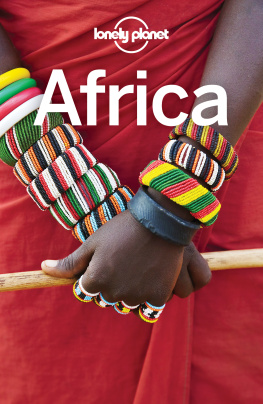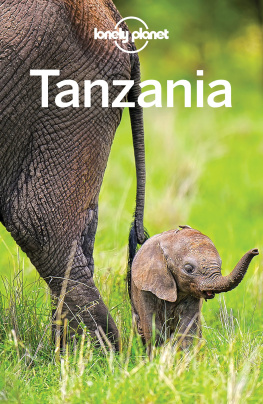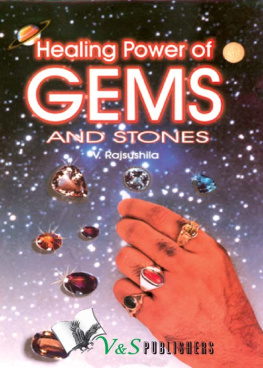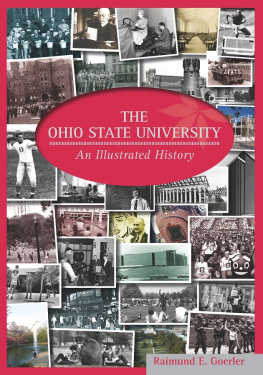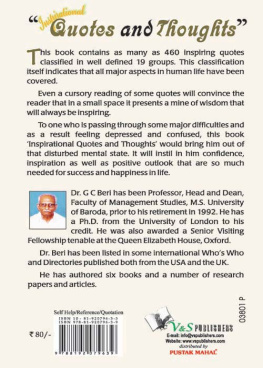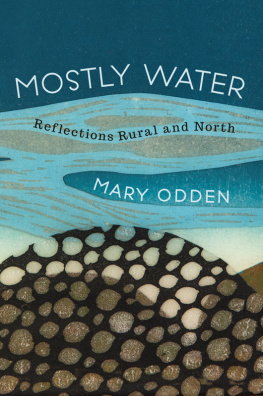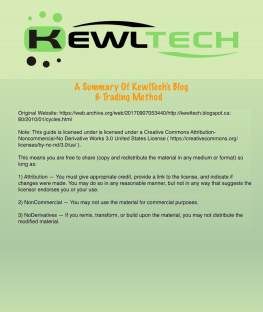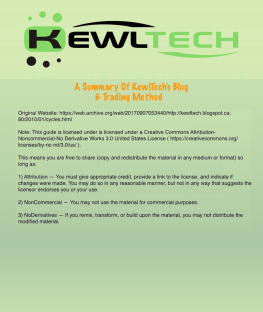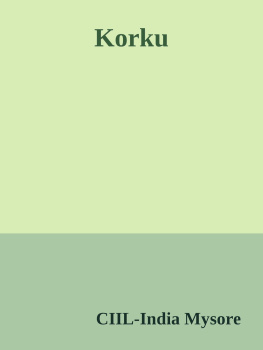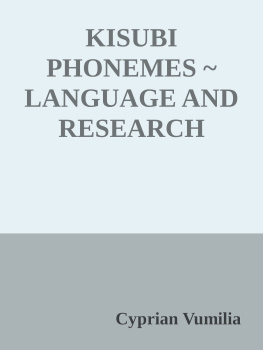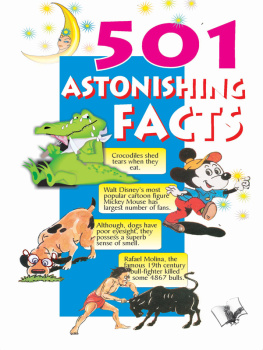The Mushunguli - Chizigua language of Somalia Mushunguli is the dialect of (originally Tanzanian) Chizigua (G.31) spoken by someof the Somali Bantu, on the lower Juba River in approximately 30villages between (upper) Bandar Jadiid of Jubbada Hoose(0.326031, 42.748339) and Araara (0.030217,42.690139). This description is based on the speech of MohamedRamedhan from MogamboBulo Dhimbulo (0.156147, 42.72312).Pre-warestimates put the number of speakers at around 25,000.The language is not conventionally written, and as far as we are awarethere are no grammatical descriptions of this language. (There islittle material on Tanzanian Zigua for that matter: see for primary sources on thatlanguage).Conventions applied to the writing ofvarious East African Bantu languages can and have been applied inpresenting this material, with the goal of not omitting any importantinformation while also not burdening the writing with obscure symbols,which we believe would be an impediment to expanding literacy in thelanguage. Marking of tone and syllabicity is scientifically necessary,but may be dispensible for practical purposes seethe section on orthography for discussion.This page is the product of continuing research on Mushunguli-Chiziguacarried out at Ohio State University, and will change as the researchprogresses. The intended audience for this work includes both linguists(especially Bantuists), and people interested in learning about thelanguage. Recorded examples are included in various points so thatthose interested in learning the language can gain someexperience in the language's pronunciation. There are 5 main sectionsto this work. "Segments, Pronunciation, Orthography" lists the soundsof the language, gives recorded examples, and also discusses a way ofspelling the language, which will generally be used here. "Phonology"discusses sound changes that affect the buildiong of words, for examplethe various pronunciations of the prefix ni - "it's a __".The section "Word Formation" explains how words are constructed, forexample how singulars and plurals are formed and how adjectives agreewith nouns. "Sentence Structure" explains how words are put togetherinto sentences. Finally the section "Lexicon" lists some of the wordsthat we have collected.Because this is an on-going project, we are not always certain ofcertain intermediate results. This is especially so with lexicalidentifications, particularly flora and fauna identifications. The mostcurrent and reliable information will be contained in the(non-recorded) wordlists in the lexicon section.Sentence Structureincluding recorded samples.. Referencesfor Tanzanian Zigua (excluding unpublished or unavailableworks)Kenstowicz, Michael. 1989. Tone andaccent in Kizigua - a Bantu language. in P.M. Bertinetto & M.Loporcaro (eds).
Certamem phonologicum: papers from the 1987Cortona Phonology Meeting, pp. 177-188. Torino: Rosenberg andSellier.Kenstowicz, Michael. &Charles Kisseberth. 1990. Chizigula tonology: the word and beyond. InS. Inkelas & D. Zec(eds)
The phonology-syntaxconnection, pp. 163-194. Chicago, IL: University of ChicagoPress.Kisbey, Walter H. 1896. Zigulaexercises, compiled for the Universities Mission to Central Africa .London:Soc. for Promoting Christian Knowledge (SPCK).Kisbey, Walter H. 1906. Zigula-English dictionary,compiled forthe UniversitiesMission to Central Africa . London: Soc. forPromotingChristian Knowledge (SPCK). [Online via Google Books]Kisseberth, Charles. 1992. Metrical structure in Zigula tonology. in D.Gowlett (ed.), Africanlinguisticcontributions , pp. 227-259. Pretoria: Via Afrika.Meinhof, Carl. 1906. Linguistische Studien in Ostafrika, 9: Zigula. Mitteilungen des Seminarsfrorientalische Sprachen , III. Abt., v. 9, p. 284-293.Mochiwa, Zakaria S.M. 2008. Kizigulalexicon . LoT (Languages of Tanzania) publ., #21. Dept. ofForeign Languages and Linguistics, Univ. of Dar es Salaam.
Segments and Spelling ofMushunguli
This section presents the segments and tones of Mushunguli, and alsointroduces a spelling system which we use in this work. This(unofficial) spelling system is tenative, and we especiallywelcome suggestions from Mushunguli speakers interested inwriting their language. Our goal is to balance theneed for accurate representation of pronunciation with practicalusefulness as a spelling system, making minimal use of special markssuchas IPA letters. The basic system of spelling follows the one used inSwahili. Attention should be paid to actual pronunciation (availablethrough the linked recordings). For more recorded examples, see the Lexicon. Vowels The vowels of Mushunguli are [i u e o a], and [i u e o] are pronouncedrather lax like IPA [ ].
mphiripiri pepper milima hills
mnungu spirit dudu bug
mvere woman kwerekweche francolin
mgongo back boko banana
The vowel [a] is central to back, and at the end of the word soundsparticularly back.
haragwe bean mame mother mwanachild kazana baby
Consonants The consonants of Mushunguli are as follows:
Ch represents a voiceless alveopalatal affricate,IPA [t], like in English choose. [k] is oftenproduced further back than it is in English.
p t ch k
mi p ira balls mo t o firekwerekwe ch e francolinmphu k u rat
The voiced stops [b d j g] are usually implosive, except afternon-syllabic nasal. The stop [d] is retracted to IPA [], and j is thepalatal stop [].
b d j g
b ahari ocean d u d u bug g owla roomm b a g oforest n d oni boat wa b u g a rabbits ng uku chicken
Sh represents a voiceless alveopalatal fricative,IPA[], like English shoe, and is not very common inourdata.
f s sh
sufu cotton boll misale arrowsshawaka bed-nethanshi paper
The consonant [z] can also be pronounced as dhi.e. IPA [] as in English these; father.
v z/dh
majovu marabou stork
mzehe elder wadhehe elders
We write the velar nasal ([]) as ng ,following Swahili spelling, and the palatal nasal [] as ny .
m n ny ng
moroti millet ndoni boatnyoka snakengombe cow
The flap [r] is pronounced as a trill at the beginning of a word.
w r l y h
shawaka bed-net, mvere womanrotibread jula frogmoyo heartlalahi fish
On occasion, [g] is pronounced as a voiced fricative [gh] (IPA[]) haraghweor haragwe forbeans. This is anoptionalpronunciation feature and never serves to distinguish words.
The combination of a nonsyllabic nasal and voiceless stops ispronounced as a short (partially) voiceless nasal plus an aspiratedstop, written [mph, nth, nkh]. It can be difficult to hear the nasal atthe beginning of a word, but when a vowel precedes the nasal, it iseasier to hear the nasal.
mphera rhinoceros nthembo elephantnkhande food
Notice the difference in pronunciation between aspirated th and plain t in the words haranti courtyard and banthi door. Aspirated th sounds somewhat like r .
Phonetic backing of /k/ before [a,o] is especially noticeable when /k/is aspirated, as in food. Also note that thestops in [nth] and [nd] are retracted, soundingretroflex and resembling r to the point thatelephant sounds like [nrhembo] (in other contextsit isdental). It is, in fact, pronounced as a voiceless flap.
In the combinations [mw, bw] and we presume [pw], the glide w is realized asvelarization of the preceding consonant, thus [m,b], as in mwana child, mwezimonth, bwiribwiri spider, mbwadog Syllabic Nasals There is a pronunciation difference in sequences of nasal plus consonant,between those with a 'syllabic nasal' and those with a 'nonsyllabic nasal'.Generally, the syllabic nasal is [m], and is a noun class prefix,for example mgosi man,mtedha peanut(composed of the singular prefixes /m/ and the roots /gosi, tedha/).If the nasal has a tone mark, it is syllabic (mnyula leech,mbwa dog,nda stomach),which means that it is longer. The nasal [m] before a consonant otherthan [w ph b] is always syllabic, for example mkonoarm mnyawucat mtabwarivulture. The (short voiceless) nasal in mphula noseis non-syllabic, and is followed by an aspirated p (thus the spellingmph), which is different from the syllabic nasal of mpunga (phonetic[mpug]) rice. There is also a difference between plain n before kh and other aspirated stops, versus a syllabic n plus plain n before kh , so compare the pronunciation of nkhondo war versus nnkhondo its a war. Another pair like this is mphasa twin banana versus mmphasa its a twin banana.In this grammar, we aim to avoid such marking because it requiresspecial symbols, and learning how to use and insertdiacritics has traditionally been difficult for people learning towrite their language, especially diacritics which are not part ofofficial alphabets. For the sake of linguistic clarity, we willsometimes reduce syllabicity marking to tone marking. Typically inBantu languages, even though tone is linguisticallyimportant for correct pronunciation, tone marks arenot includedin a practical spelling system, because such marks clutter writingsystemsand are very fluid owing to rules of tone change (see the sections ontonology). The problem posed by mbuya / mbuguni is comparable to the Swahili minimal pair mbuni coffee plant vs. mbuni ostrich (related to Mushunguli mbuguni 'ostrich'),which are spelled the same way. Since such pairs are rare, they do notimpede reading and writing on a practical front. Syllabicity ofnasals can be predicted by a few rules, so our data can be interpretedphonetically by applying those rules.
Next page




